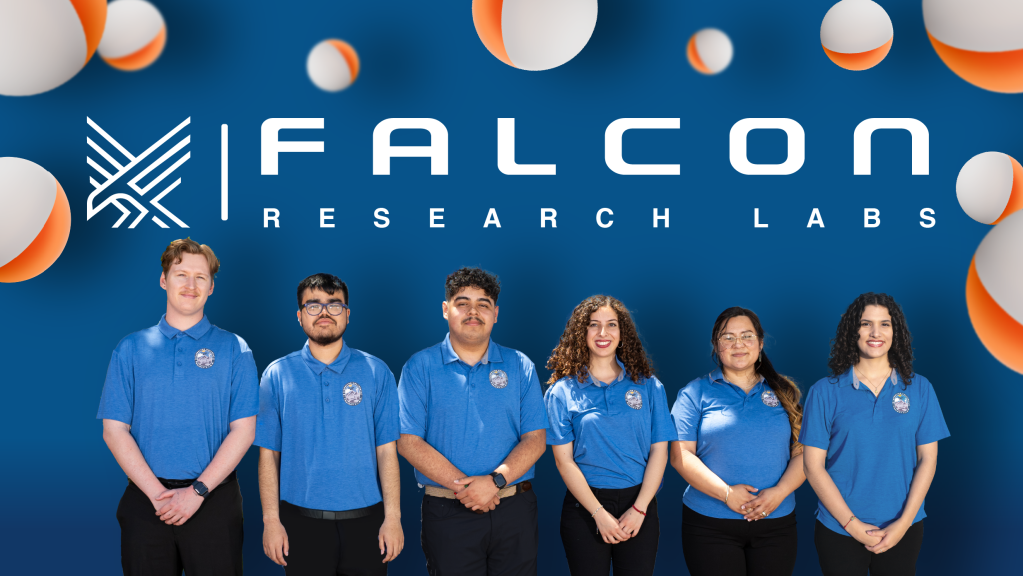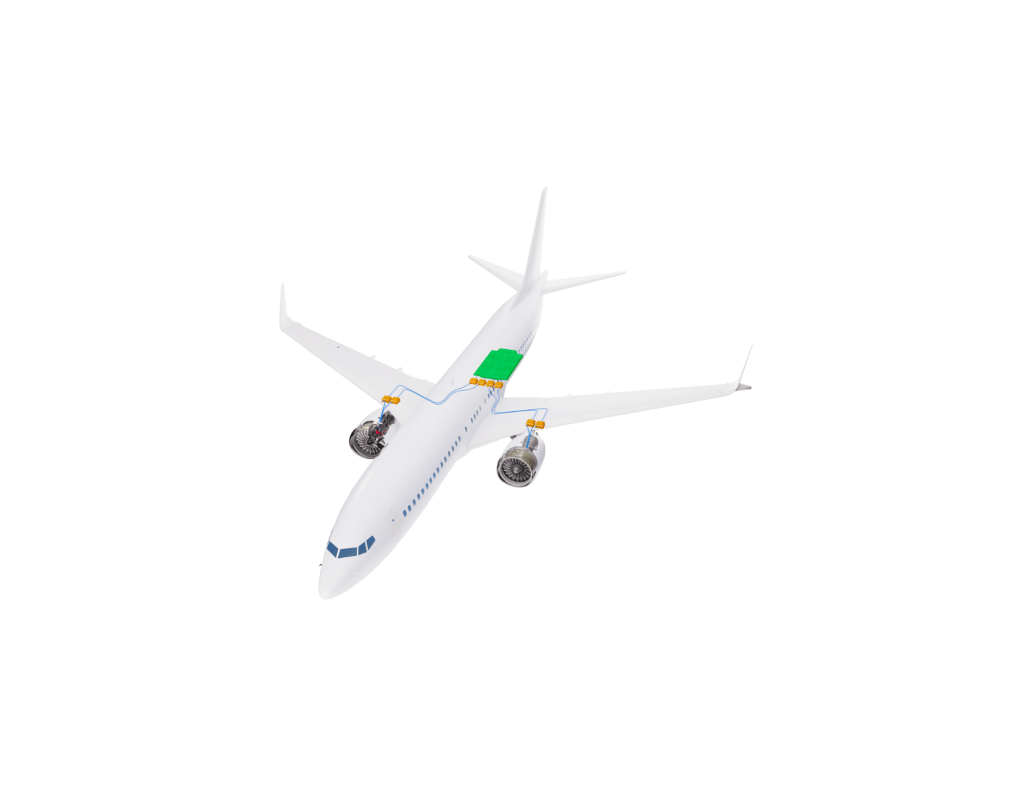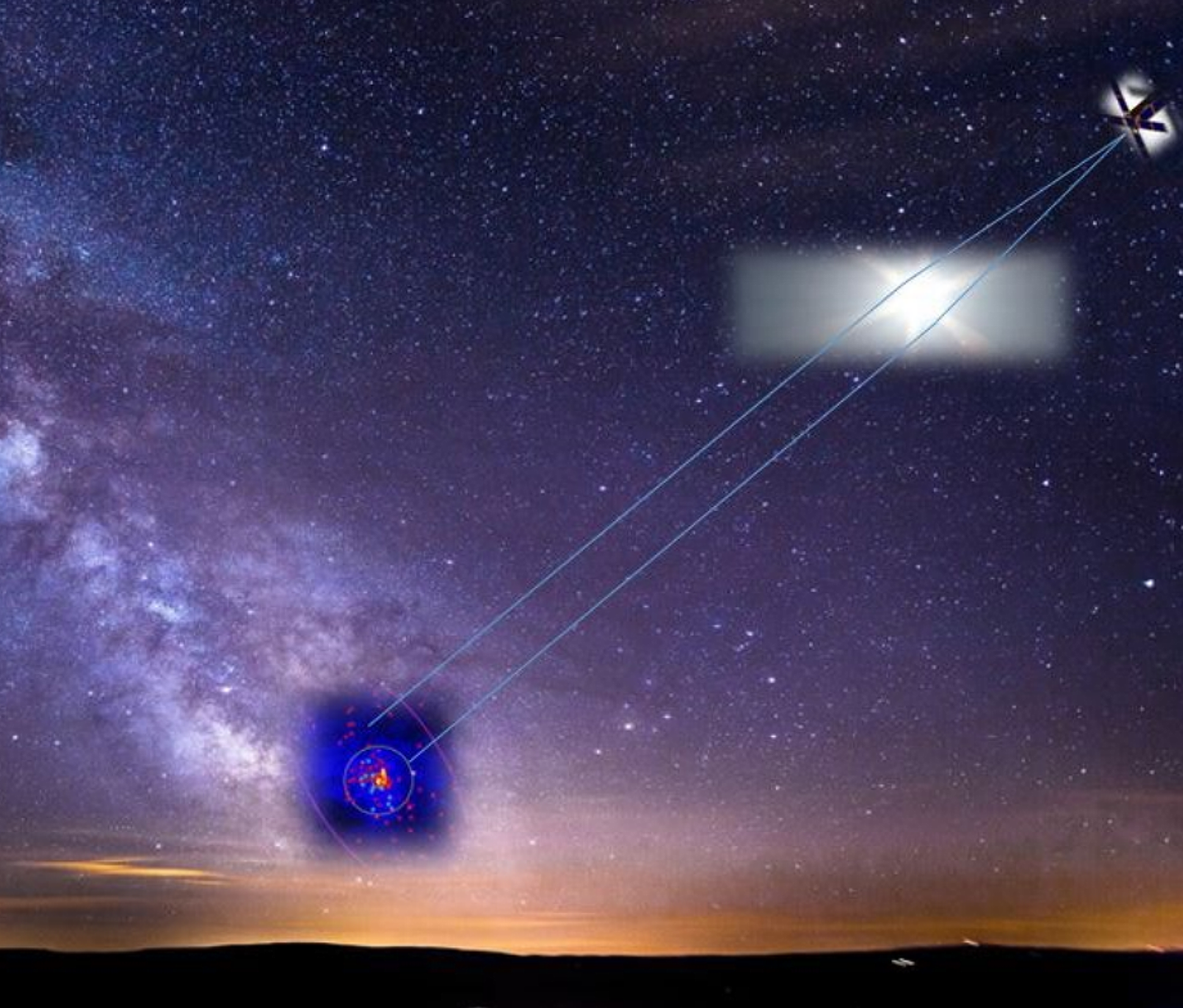Nickolas Solomey
Wichita State University
This is a proposal for the development of a Neutrino Detector for a Spacecraft that has a science mission to fly close to the Sun and study the nuclear furnace core and search for and study the neutrino gravitational lens at 20 to 50 AU of the 2nd brightest neutrino source in the sky – the galactic core – and along the way, search for direct interaction of dark matter. The neutrino intensity can dramatically change as the distance from the Sun squared and the solar neutrino flux (a background to dark matter) can be dramatically decreased going away from the Sun. Any deviation from the expected fall-off can be construed as an observation of dark matter. Going from the neutrinos focused by the Sun to a neutrino gravitational focus opposite of the galactic core would allow for the single pixel imaging inside the hidden galactic core as well as a new way to measure the absolute mass of the neutrino. The impact would be across several NASA divisions as well as fundamental nuclear and particle physics research; a true game-changer for Astrophysics would result from this research being successful. A rough calculation of stellar neutrinos integrating over all the stars estimated in the galactic core that is focused by the substantial collecting power of the Sun’s gravitational focus indicates that there, too, the neutrino flux would be large, about 880 times that of neutrinos on Earth from our Sun. All of this was started with a nine-month NIAC Phase-1 grant that simulated a neutrino detection method that can work unshielded in space. The NIAC Phase-2 research project’s goal, currently under study, is to develop the technology and a mission plan with costing for a technology demonstrator mission flying in space. There are three parts to this research, which is showing very favorable results: a) work on continuing and finishing the detailed simulation of the new detector technology, b) construction of a prototype detector with testing in the lab and c) a mission flight plan and costing for a technology demonstrator mission. Searches for direct observation of dark matter on the Earth are reaching the solar neutrino background limit, but by going farther away from the Sun, the solar neutrino intensity drops. For example the voyager spacecraft, which is the furthest man-made object from the earth at 140 times the Earth-Sun distance, has a solar neutrino background of 50 millionths that on Earth, and if such a spacecraft had a dark-matter experiment on it, could dramatically reduce the Solar neutrino background at low energies improving our search for dark matter. Although the gravitational focus of the Sun with light is 500 AU away, since the neutrino has a mass, albeit small, it is not zero and the neutrino gravitational focus should be somewhere between that of Uranus and Pluto at 20 to 50 AU from the Sun. This project aims to find that point to measure the mass of the electron neutrino and by going to the neutrino gravitational focus of the Sun opposite the galactic core, aims to image the core of the galaxy in neutrinos. The size detector that is needed and the flight path are ideas that need to be studied. Since the Sun is transparent to neutrinos, observing distant objects’ neutrinos that pass through the Sun could also provide details about the internal structure of the Sun’s mass density distribution. Although all of these projects studying the Sun close up and the stellar neutrino gravitational focus are new ideas, and some much harder than others, we feel we have found in simulations and lab test studies from the NASA NIAC supported effort (both Phase-1 and Phase-2) a process that would allow us to detect neutrinos in a spacecraft environment and it deserves further development and a test flight in space.





























